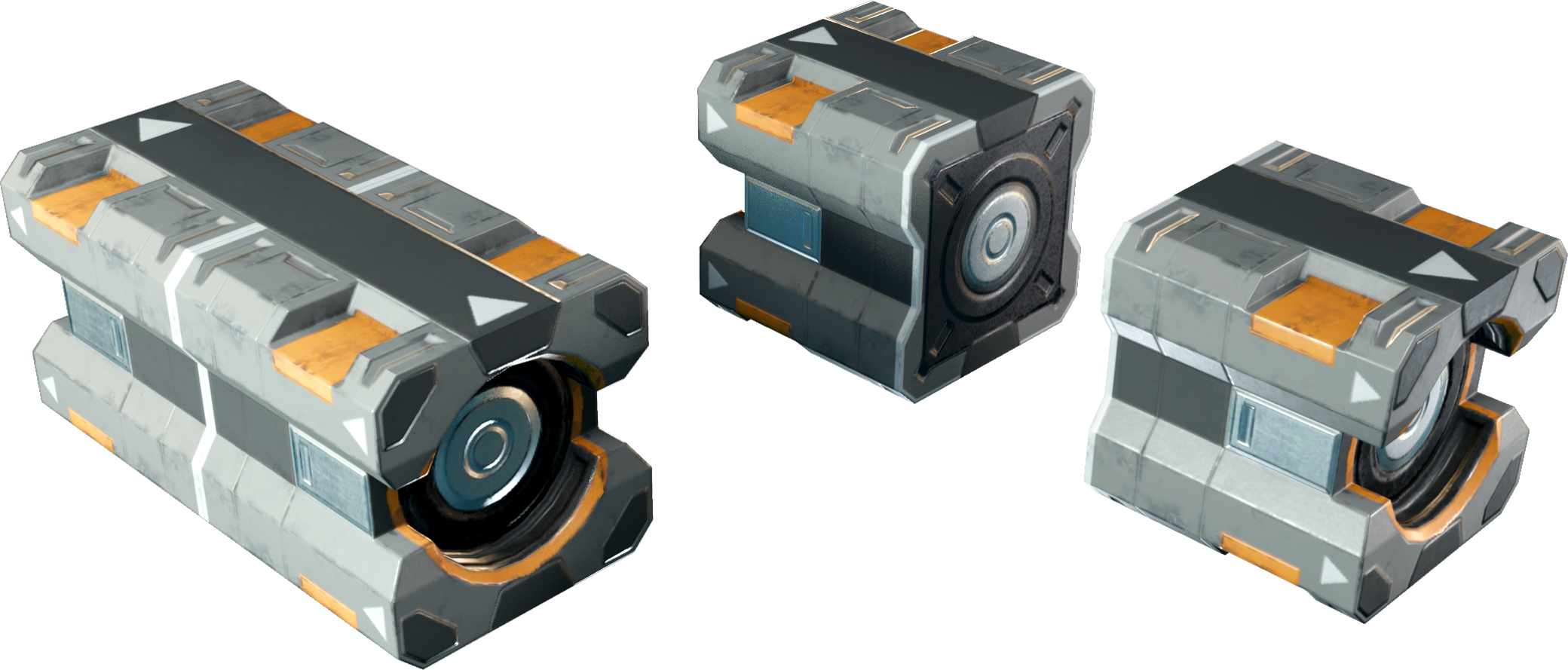Difference between revisions of "Network relay"
Jump to navigation
Jump to search
m |
m (Text replacement - ":fr" to "/fr") |
||
| Line 1: | Line 1: | ||
{{Otherlang2 | {{Otherlang2 | ||
|fr=Network_relay | |fr=Network_relay/fr | ||
|de=Network_relay:de | |de=Network_relay:de | ||
|zh-cn=单向网络中继器 | |zh-cn=单向网络中继器 | ||
Revision as of 05:01, 25 July 2021
Network relay
Availability Luxury Items
Size 48×24×24 cm
Mass 244.17 kg
Volume 24.54 kv
Corrosion resistance 440
Primary material Bastium
Input / Output
Sockets 2
Composition
The network relay is a device used to separate a network within a ship or station into multiple partially separate sub-networks. Separate sub-networks allow one-way broadcasting of variable changes between them, and enable the creation of modular YOLOL systems.
Basic information
- Network Relays are connected to two separate data networks via cable sockets at both ends of the device
- One end of the relay acts as the "input" connection
- The other end acts as the "output" connection
- When the relay is powered, changes made to device fields connected to the input propagate will apply to all similarly named device fields that are connected to relay output
- Values between networks are not automatically synchronized
- This means that connected networks may contain different values for similarly named device fields
- Values between networks are not automatically synchronized
Device fields
| YOLOL field | description | range |
|---|---|---|
| IsMasterEnabled | On / Off (Input side) | 0 / 1 |
| IsEnabled | On / Off (Output side) | 0 / 1 |
To learn more about how to use fields, consult these wiki pages:
